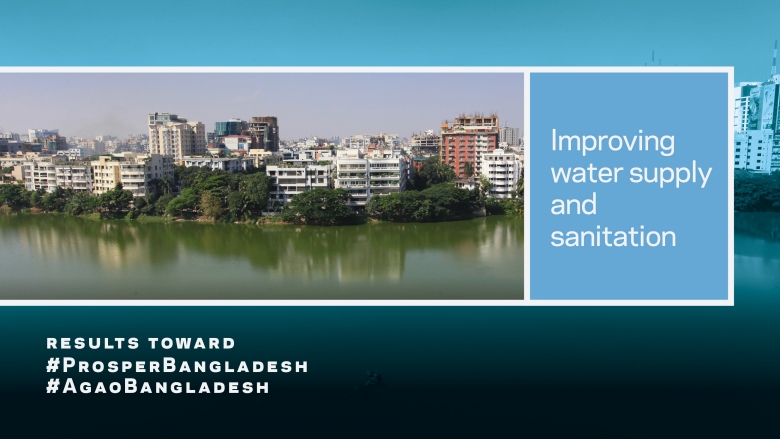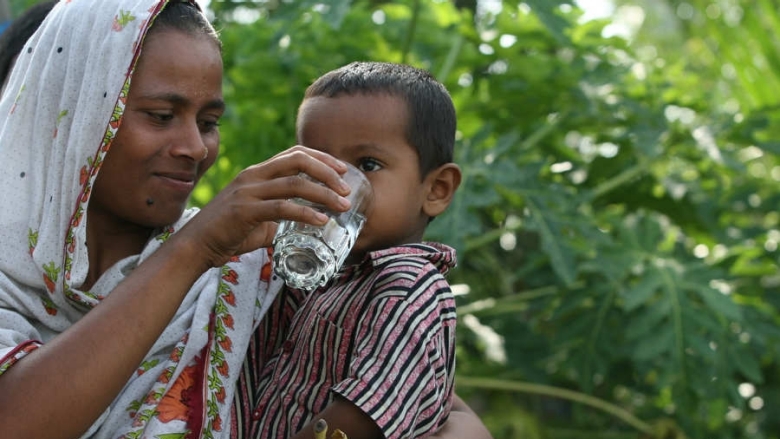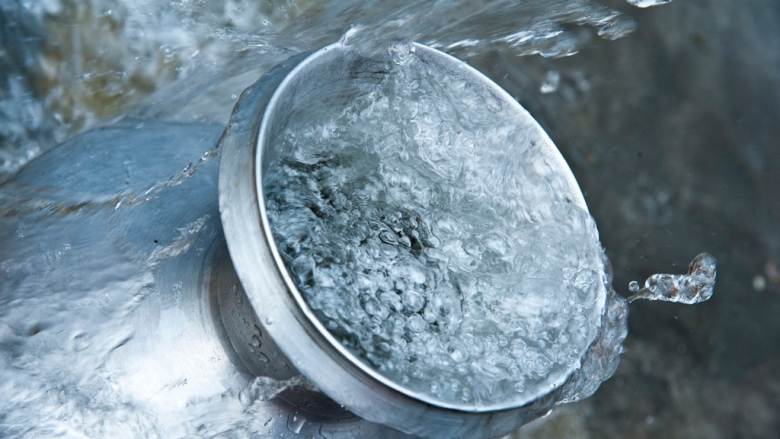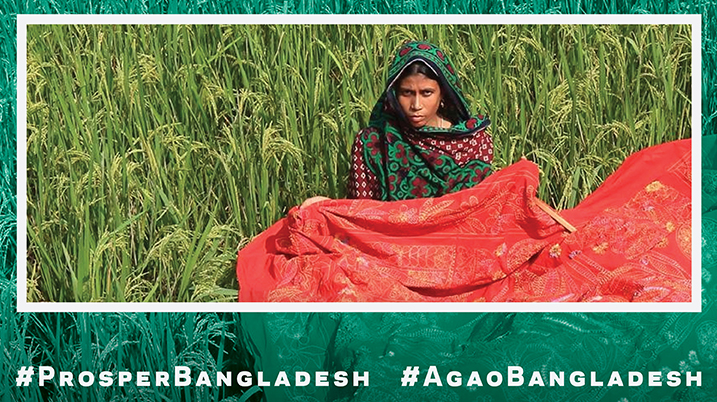Challenges – Deterioration of access and growing sanitation threats
Though Bangladesh has for many years enjoyed almost universal access to drinking water, arsenic contamination of 22 percent of the country’s tube wells lowered the service coverage to below 80 percent.
Bangladesh has made significant progress in reducing open defecation, from 34 percent in 1990 to just one percent of the national population in 2015.However, the current rate of improved sanitation is 61 percent, growing at only 1.1 percent annually.
Still, the quality of sanitation coverage is an emerging area of concern, with more than 40 percent of all latrines classified as “unimproved.” Drinking water access is widespread, but half of the drinking water consumed fails to meet water safety standards. In urban areas of Bangladesh, piped water supply reaches only about one-third of the population, and there is no systematic sewer disposal and treatment system. Only Dhaka, Bangladesh’s capital city, has a sewer system, and it serves just 18 percent of the city.
Planning and service delivery are often supply driven, and government agencies have overlapping functions and pay insufficient attention to operation and maintenance issues.
Waterborne diseases are widespread, which fuels rapid transmission of gastrointestinal pathogens that can have disastrous impact on health and nutrition.




